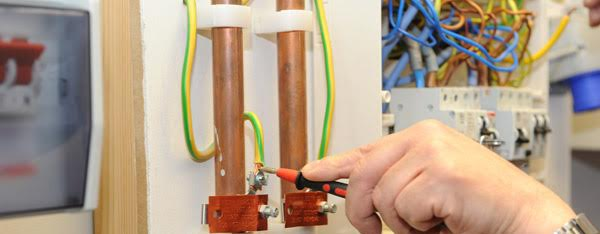22 centuries later: the new Silk Road opportunity
A new Silk Road that would connect Europe to China’s fast-growing market is being planned by some of the world’s largest trade and transportation organizations. Following the same route taken by Marco Polo when he established the original Silk Road during the Han Dynasty (207 BC to 220 AD), the 21st century Silk Road – enabled by modern navigational technology – is forecast to reduce freight times to days, rather than the weeks or months it can take goods to be transported by sea. This will be an interesting development in the transportation industry and may mean that Same Day Courier Slough businesses have access to a wider global transportation network.

New Opportunities for Multinationals
The $1trillion’s worth of trade means plenty of opportunity for multinationals, explains John D. Schulz, contributing editor for Logistics Management magazine. In an article on the potential benefits of this new Silk Road, Schulz says that according to business executives and officials from the World Bank and the US Chamber of Commerce – who met at the end of April to discuss the project at a two-day forum held in Washington – the timescale for completion extends over the next decade. There has already been confirmed interest from a number of governments and businesses.
News of the new Silk Road comes at a time when ocean shipping has slowed down, reports Schulz, a possible result of a number of economic factors including the Syrian refugee crisis and recent terrorist attacks in Brussels and France.
But according to some experts, when troubled European economies begin to recover there could be considerable opportunities for the global community of multinational surface transportation providers.
Pallet Potential
A forum was organized by the US embassies to Azerbaijan, Georgia, Kazakhstan and Turkey, and was the platform for introducing a number of projects and investments to US business leaders from multinational industries. According to Schulz, there were discussions about the benefits of greater cooperation, harmonizing trade and transit routes, and the importance of an integrated network of transit, logistics, and infrastructure. With pallets the number one choice for shipping and storage, however, there will undoubtedly be room for pallet providers to further the conversation on the immediate and long-term logistics of transporting goods and materials along the new Silk Road.



























